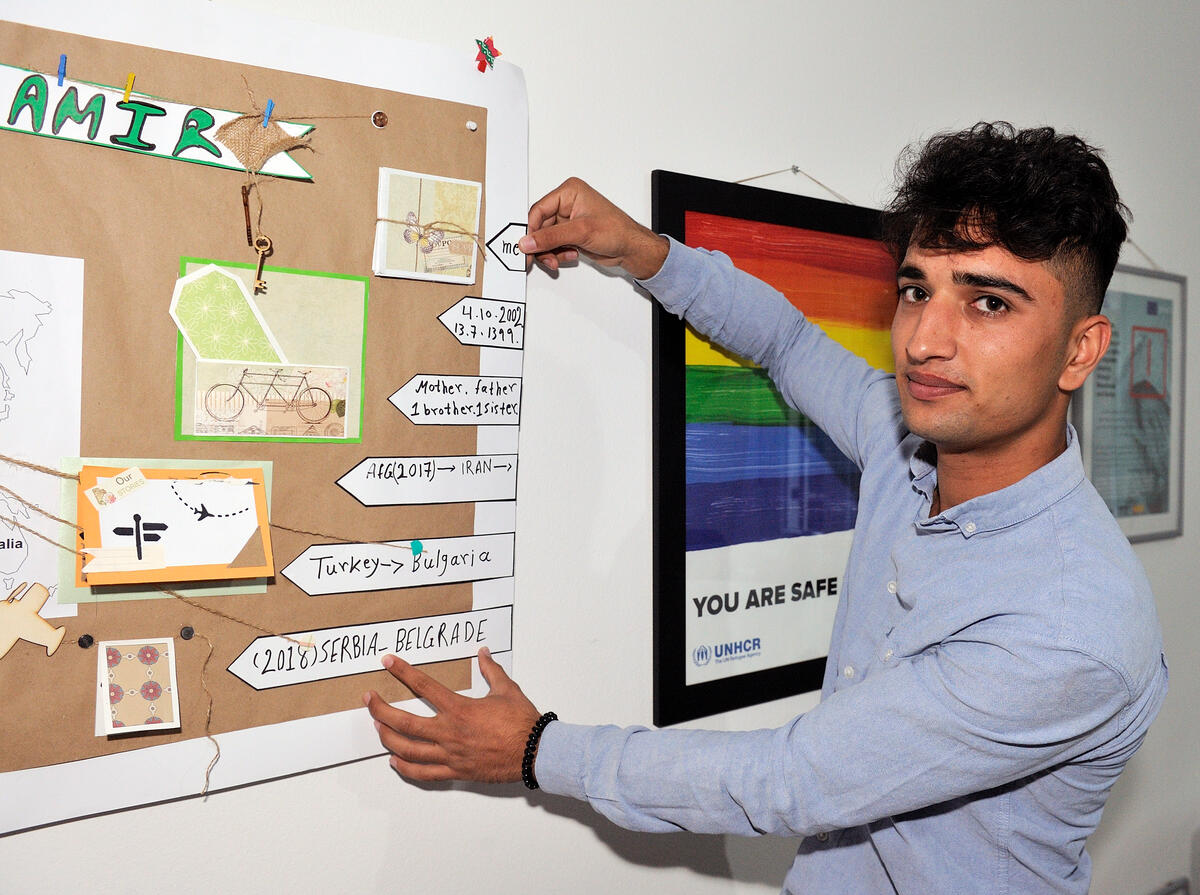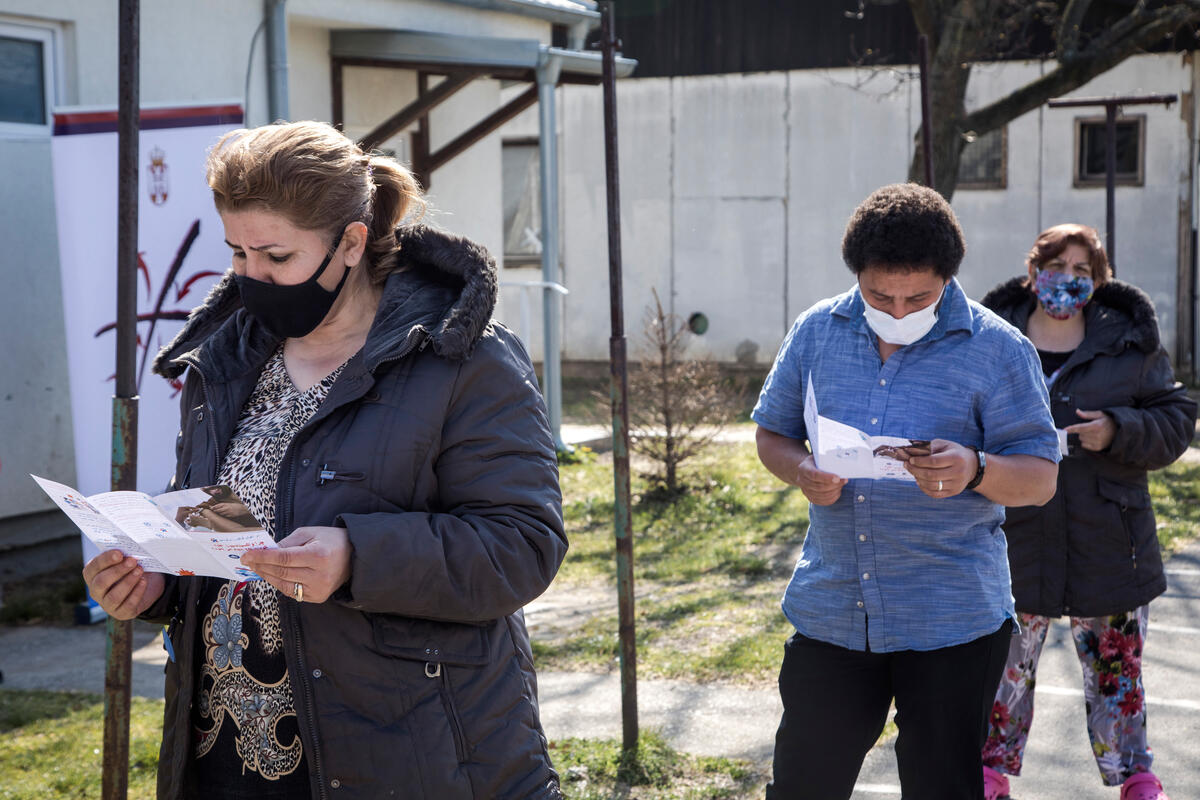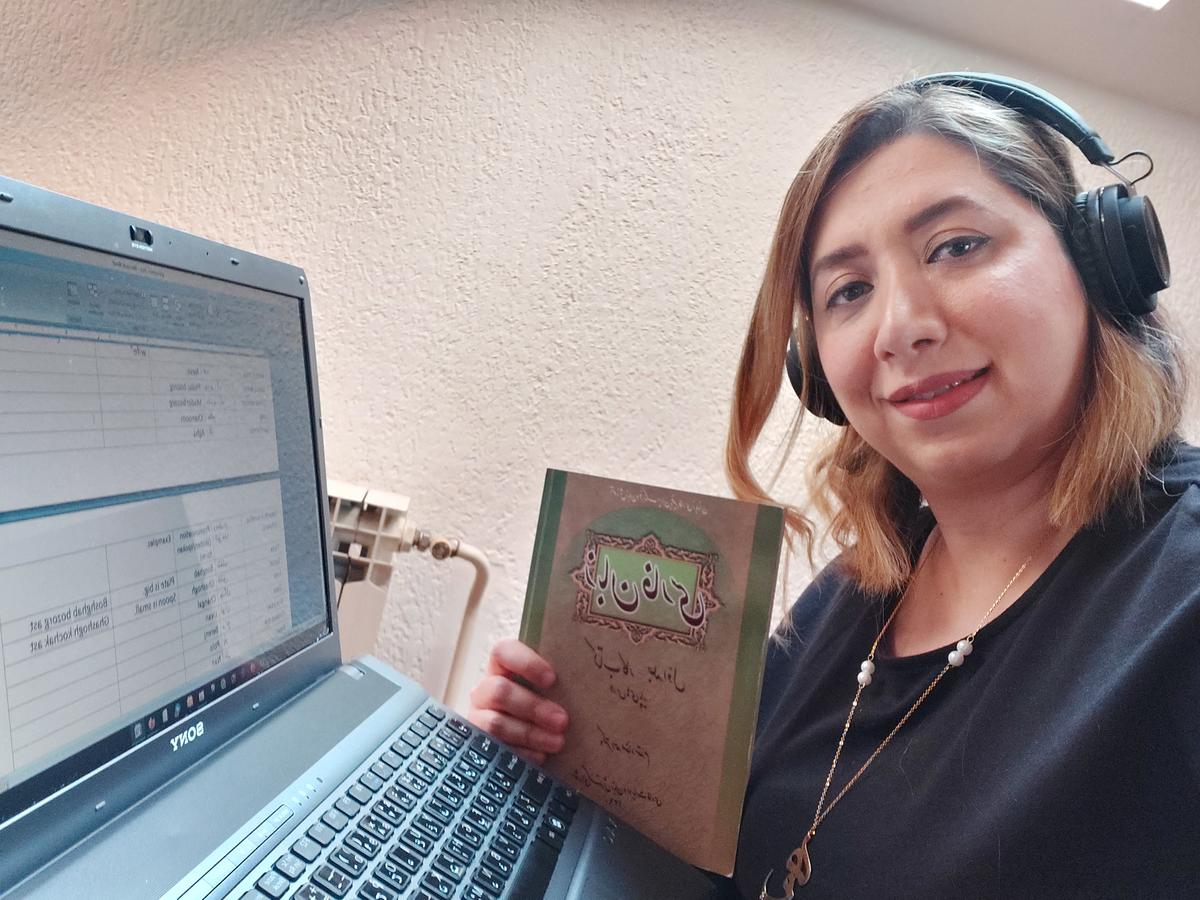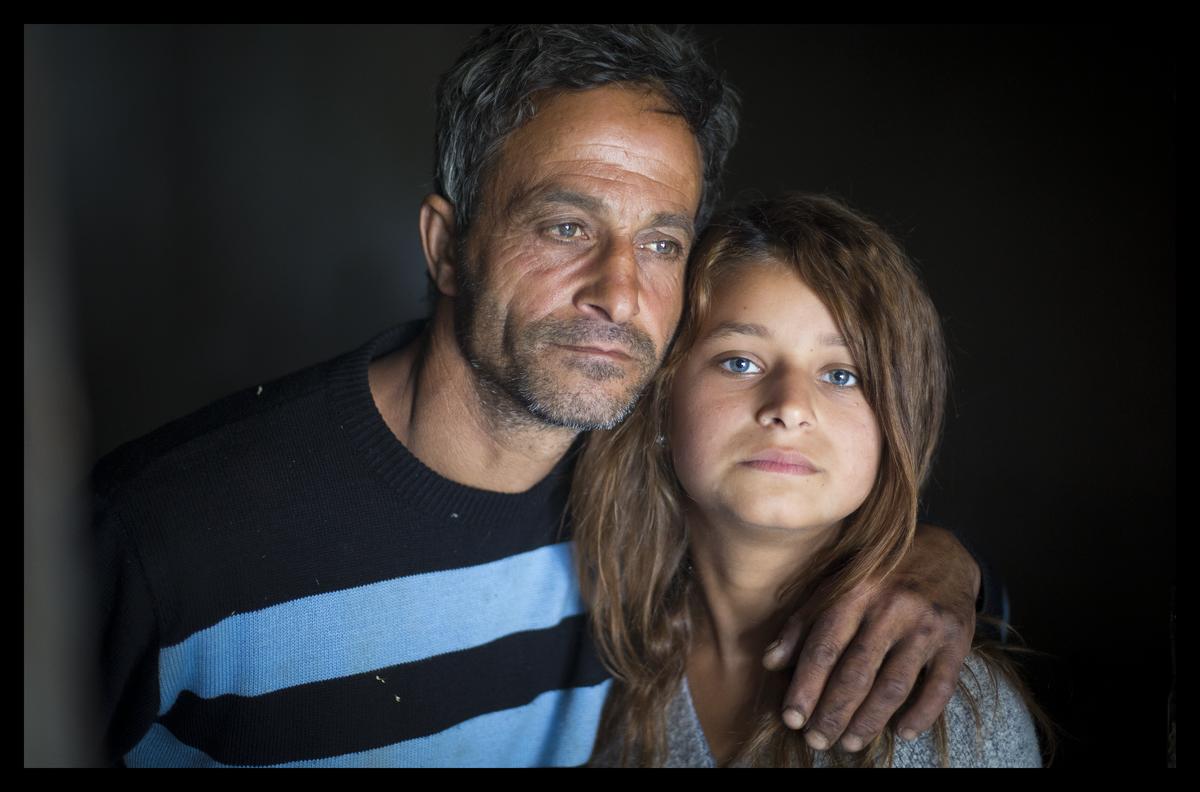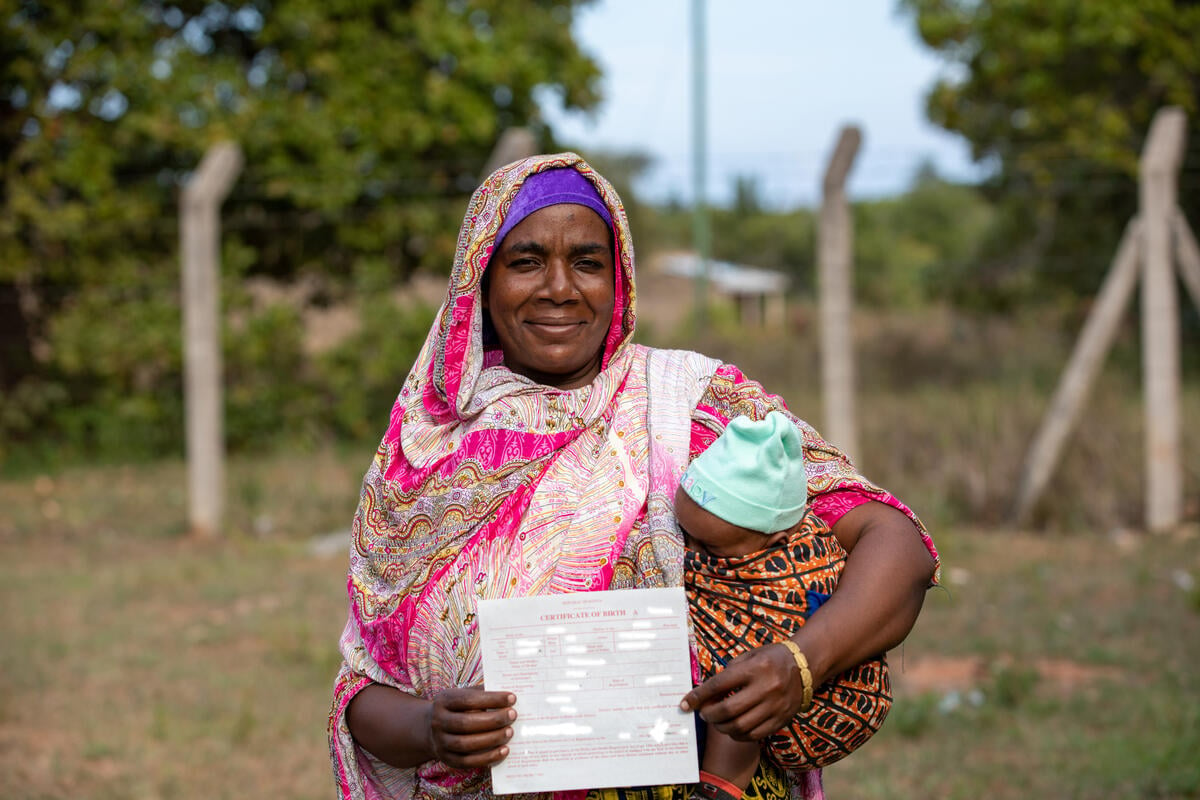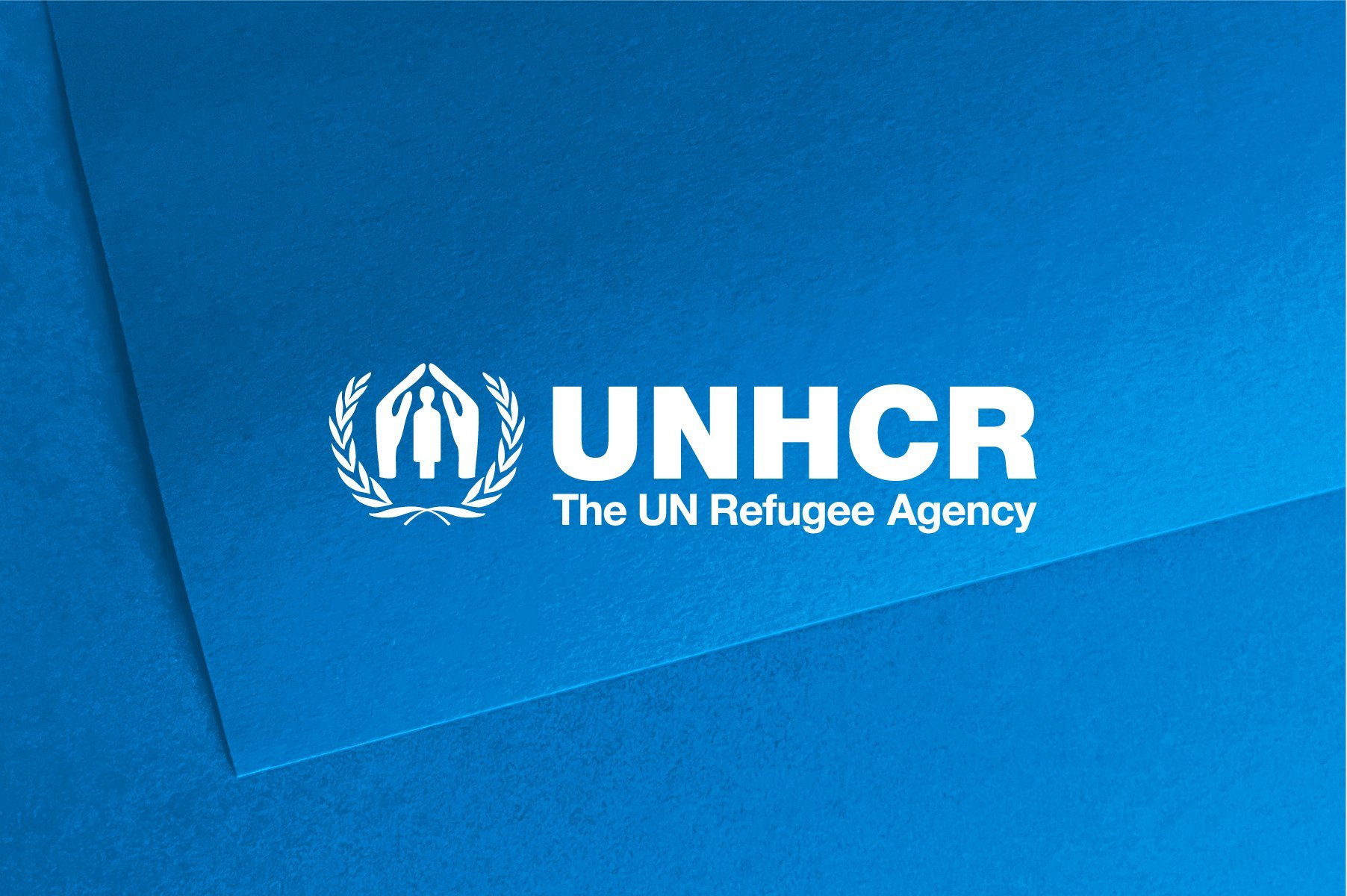Kosovo Crisis Update
Kosovo Crisis Update
High Commissioner's Visit
On the second day of her visit to Kosovo, High Commissioner Sadako Ogata met with General Mike Jackson, commander of international troops in Kosovo, or KFOR.
Later on Tuesday, she will visit a school in Kosovo Polje outside Pristina, where some 5,000 members of the minority Roma population have sought refuge. The Roma people have been accused of collaborating with Serbs during the conflict and many have been targets of violence as a result of these accusations.
The High Commissioner will also stop at Urosevac, one of the first major returnee destinations, on her way back to Skopje at the close of her two-day visit to Kosovo - her fourth since the conflict started in the spring of last year and the first since UNHCR resumed operations in the Serbian province three weeks ago.
On Monday, Ogata led a convoy of 190 returnees from the FYR of Macedonia bound for Urosevac and Pristina. She then made an aerial survey of central and western Kosovo and stopped at Pec and Prizren, where UNHCR has reopened offices.
In Prizren, she met with a KFOR German general who spoke of the need for the early return of teachers, doctors and other professionals. The general also spoke of the need for a police force. KFOR has been guarding prisons and arresting obvious looters and other criminals.
At a nearby monastery, Ogata met with the Orthodox priest who has been helping more than 100 Serbs and others who have taken refuge there. Most of the people she saw were elderly, wanting desperately to be evacuated. She spoke to a younger woman with a child; the woman said that her husband, a policeman, was killed in front of her eyes by Albanians.
In Pec, the High Commissioner met with officers of the Italian and Spanish KFOR contingents. She expressed shock at the level of destruction she saw during a tour of Pec, a lively cosmopolitan town of 68,000 people before the war. The KFOR officers told her they had difficulty protecting the minority Serb and Roma populations in Pec. She talked with some families staying in tents alongside their destroyed homes near the UNHCR office.
Albania
With the dwindling number of refugees, UNHCR, other UN agencies, NGOs and AFOR are consolidating the remaining Kosovars into a small number of collective centres and tented camps. Under this plan, facilities with the best living conditions will be used to shelter any refugees remaining through the winter.
The United States and Italy have turned over administration of their campsites to UNHCR and others are moving to do the same. However, as looting and other security problems emerge, UNHCR has been compelled to move to safeguard relief materials and equipment, including tents, plastic sheeting, generators and water purification systems. It is planned to transfer much of this badly needed equipment to Kosovo.
Last week, the Emergency Management Group (EMG) discussed the disposition of camp assets as well as responsibility for dismantling camps and repairing related ecological damage. The EMG includes representatives of UN and other intergovernmental agencies, donor countries, the Albanian government and the international security force in Albania, called AFOR.
UNHCR and government officials are discussing which camp assets can be left behind for use by the Albanian authorities and which can be transferred to Kosovo.
On Monday, 12,200 refugees repatriated from Albania to Kosovo, through the Morini crossing near Kukes, including 675 refugees who joined UNHCR and AFOR organized convoys. The convoys went to Prizren, Pristina and Urosevac.
Refugees from central and southern Albania continue to board trains for Mjeda on the outskirts of Shkodra, from where they are moved up to the north-eastern border town of Kukes en route home. On Monday, AFOR helicopters and fixed wing aircraft also transported 379 refugees from camps in Korce in south-eastern Albania directly to Kukes.
Since returns started on 15 June, nearly 352,000 refugees have returned to Kosovo from Albania. More than 200,000 returnees have taken advantage of the repatriation package which is handed out by UNHCR and its partners at a distribution point between Kukes and the Morini border crossing.
A total of 2,000 metric tons of food from the World Food Programme and other aid agencies has so far been distributed there to returnees, along with 35,284 plastic sheets, 9,200 jerry cans and 52,702 hygienic kits provided by UNHCR.
FYR of Macedonia
Around 3,600 refugees returned home from the FYR of Macedonia to Kosovo, bringing the overall count of returnees to 203,100. The number of refugees estimated to be remaining in the FYR of Macedonia has fallen below 20,000.
Returns continued during the night between Monday and Tuesday - an indication of the continued eagerness of refugees to go home. Between midnight and 7 a.m. alone, 950 returnees crossed the main immigration control at Blace. Shortly thereafter, on Tuesday morning, a convoy organized by UNHCR and IOM took an additional 215 refugees back to Pristina and Urosevac. From Pristina, secondary transport is being arranged for those returnees whose homes are in Podujevo, Glogovac and Lipljan.
UNHCR Skopje continued to deliver relief aid directly to Kosovo. On Tuesday, 29 trucks moved out of Skopje carrying mainly tents but also hygienic parcels, blankets and mattresses. Six trucks went to Prizren, eight to Djakovica, six to Pec and nine to Pristina.
Republic of Montenegro
UNHCR is planning to begin organized repatriation of Kosovars from Montenegro on Wednesday July 7.
On Monday, 870 refugees returned spontaneously - the first time in weeks that the number has gone under 1,000. The estimated 48,000 who have gone back so far went in their own vehicles or rented taxis and minivans. UNHCR expects most of those remaining in Montenegro will need transport assistance.
Also on Monday, 39 members of minority groups entered Montenegro from Kosovo, including 25 Roma who were escorted by KFOR troops to the border. They came from a village in Istok, where they said that several members of their families had been killed by ethnic Albanians before they could be evacuated.
UNHCR-IOM Humanitarian Evacuation Programme
Arrangements are being worked out to start the first voluntary repatriation movements from Europe and other areas to which Albanians were evacuated during the crisis.
Around 91,000 refugees were flown to third countries from the FYR of Macedonia, under the humanitarian evacuation programme of UNHCR and the International Organization for Migration. Many have approached UNHCR, IOM and their host governments, asking for assistance to organize their return.
In addition, numerous spontaneous returns are reported to have taken place already from Turkey, mainly of refugees who had also arrived spontaneously, rather than under the evacuation programme. Turkey took in altogether around 17,700 refugees from Kosovo, including 8,340 under the evacuation programme. So far, around 7,600 refugees are reported to have gone back to Kosovo on their own, leaving some 10,100, including around 6,500 in the Kirklareli camp, where most of those who came to Turkey under the evacuation programme are housed.


